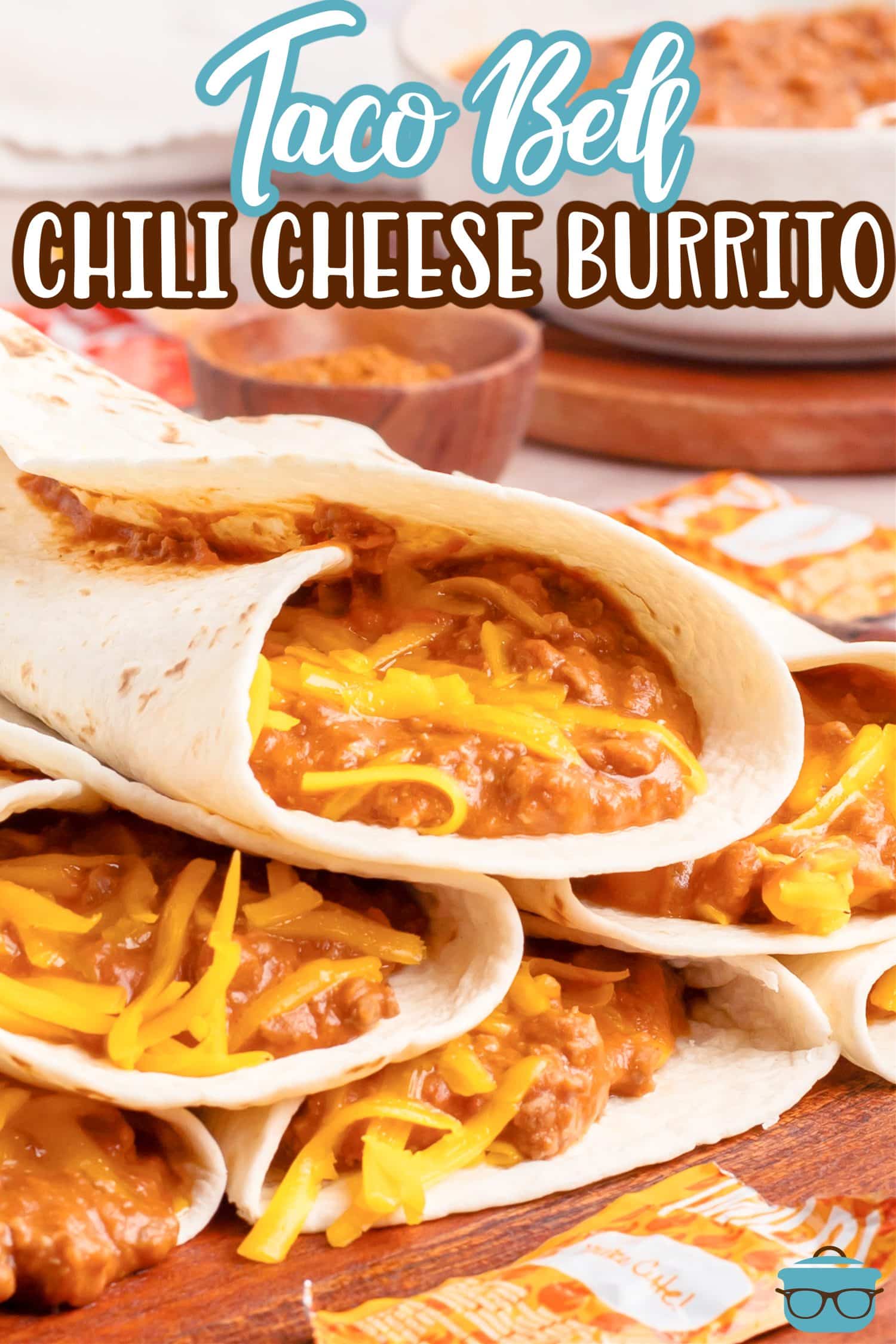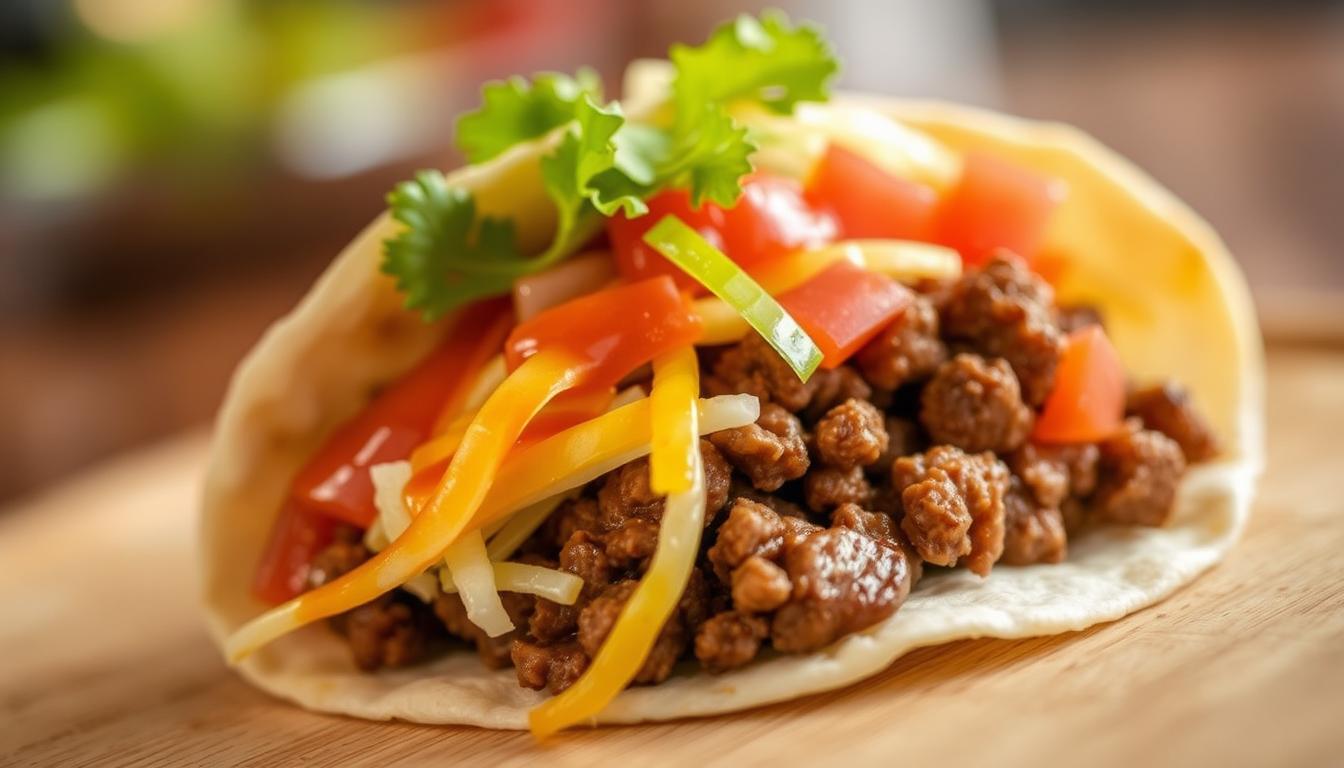There’s something special about grilling a T-Bone steak. It’s not just about cooking meat—it’s an art that combines precision and passion. Whether you’re a seasoned griller or just starting out, mastering the T-Bone steak can elevate your outdoor cooking game.
A T-Bone steak is more than just a cut of beef. It’s a dual experience, offering both the rich flavor of a strip loin and the tenderness of a tenderloin. This unique combination makes it a favorite for many, but it also requires careful attention to detail to cook it perfectly.
In this guide, we’ll walk you through the essential tools, techniques, and recipe details to ensure your T-Bone steak turns out flavorful and juicy every time. From the importance of high heat to the perfect seasoning, we’ll cover it all. Drawing on insights from experts like those at Serious Eats, we’ve compiled a comprehensive approach to grilling T-Bone steaks.
Grilling a T-Bone steak is all about balance—balancing the heat, the time, and the seasoning. With the right techniques, you can achieve that perfect sear and a deliciously cooked interior. Let’s dive in and explore how to make your next grilling session unforgettable.
Key Takeaways
- Understand the dual-cut advantage of a T-Bone steak.
- Use high heat and proper seasoning for the best results.
- Master timing and technique for a perfectly cooked steak.
- Follow expert-recommended tools and methods.
- Achieve a perfect sear and juicy interior with the right approach.
Understanding the T-Bone Steak: Anatomy and Quality
A T-Bone steak offers a unique dining experience by combining two distinct cuts of beef: the strip loin and the tenderloin. This dual-cut feature makes it a standout choice for steak enthusiasts.
Exploring the Two Cuts: Strip Loin vs. Tenderloin
The strip loin, known for its rich flavor and firm texture, is cut from the short loin section. In contrast, the tenderloin is renowned for its buttery softness and mild taste. Together, these cuts provide a balanced flavor profile that enhances the grilling experience.
Choosing the Perfect USDA Grade
USDA grades are crucial in determining the quality of your T-Bone steak. Prime grade steaks boast abundant marbling, resulting in exceptional tenderness and flavor. Choice grade offers a slightly leaner option with good marbling, while Select is leaner but still flavorful. The grade significantly impacts the steak’s juiciness and overall satisfaction.
| USDA Grade | Marbling | Tenderness | Flavor |
|---|---|---|---|
| Prime | Abundant | Most Tender | Rich |
| Choice | Moderate | Tender | Good |
| Select | Minimal | Less Tender | Mild |
Opting for a thicker steak, around 1.5 inches, ensures even cooking and retention of juices. Porterhouse steaks are ideal for those seeking a larger tenderloin portion. Visual marbling is a key indicator of quality, as it enhances both flavor and juiciness.
Understanding the anatomy and quality factors of a T-Bone steak is essential for a memorable grilling experience. Whether you prefer the richness of a strip loin or the tenderness of a tenderloin, selecting the right grade and thickness ensures your steak is nothing short of exceptional.
Essential Tools and Equipment for Grilling
Having the right tools is crucial for a successful grilling experience. Whether you’re a novice or a seasoned griller, proper equipment ensures your food cooks evenly and safely.
Grill Types: Charcoal, Gas, and Alternatives
Choosing the right grill is the first step. Charcoal grills are perfect for achieving high heat, ideal for searing. Gas grills offer convenience and precise temperature control. Each has its benefits, so pick one that fits your grilling style.
A chimney starter is a must for charcoal grills. It helps reach optimal searing temperatures quickly. An instant-read thermometer is another essential tool, ensuring your food is cooked to the perfect doneness without losing juices.
Don’t forget long-handled tongs and a sturdy spatula. These tools make handling food easy and safe. Proper oiling of the grates prevents sticking and ensures a clean cooking surface.
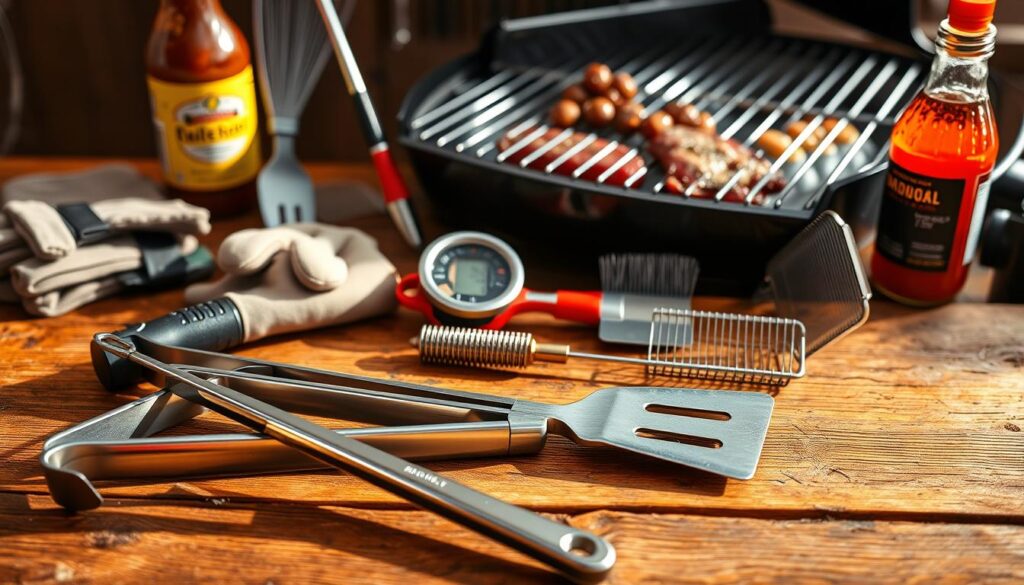
From preheating to placing your steak, each step requires attention to detail. Maintain a consistent base temperature and keep safety in mind to avoid flare-ups. Remember, quality equipment is just as important as technique.
Invest in durable, rust-resistant tools like stainless steel tongs and a heavy-duty spatula. These will last longer and make your grilling process smoother. With the right setup, you’re ready to create a delicious, memorable meal.
Prepping Your Steak: Marbling, Seasoning, and Resting
Proper preparation is the cornerstone of a perfectly grilled T-Bone steak. It’s all about enhancing the natural qualities of the meat to bring out its full flavor potential.
The Science Behind Salting and Peppering
Marbling plays a crucial role in the juiciness and flavor of your steak. The fat distributed throughout the meat melts during cooking, creating a tender and flavorful experience. To enhance this, it’s essential to season your steak correctly.
Kosher salt is a top choice for seasoning because its coarse texture allows for even distribution and enhances the steak’s natural flavors. Freshly ground pepper adds a sharp, aromatic note that complements the charred texture of the steak. The key is to season generously, allowing the steak to sit for about 40 minutes before grilling. This time lets the meat absorb the salt, preventing it from drying out and ensuring juiciness.
Finishing touches can elevate your steak to the next level. A pat of butter added during the last moments of grilling melts into the meat, infusing it with richness. For a burst of freshness, a sprinkle of lemon zest can balance the savory flavors. Herb-infused butter or a squeeze of lemon juice can add delightful complexity to your dish.
Here’s a simple step-by-step prep process:
1. Sprinkle both sides of the steak with kosher salt.
2. Let the steak rest for 40 minutes to allow the juices to redistribute.
3. Season with freshly ground pepper and any desired herbs.
4. Just before flipping, add a pat of butter and a sprinkle of lemon zest.
Expert chefs from Serious Eats recommend this seasoning technique for optimal flavor. By following these steps, you ensure your steak is evenly cooked and packed with flavor.
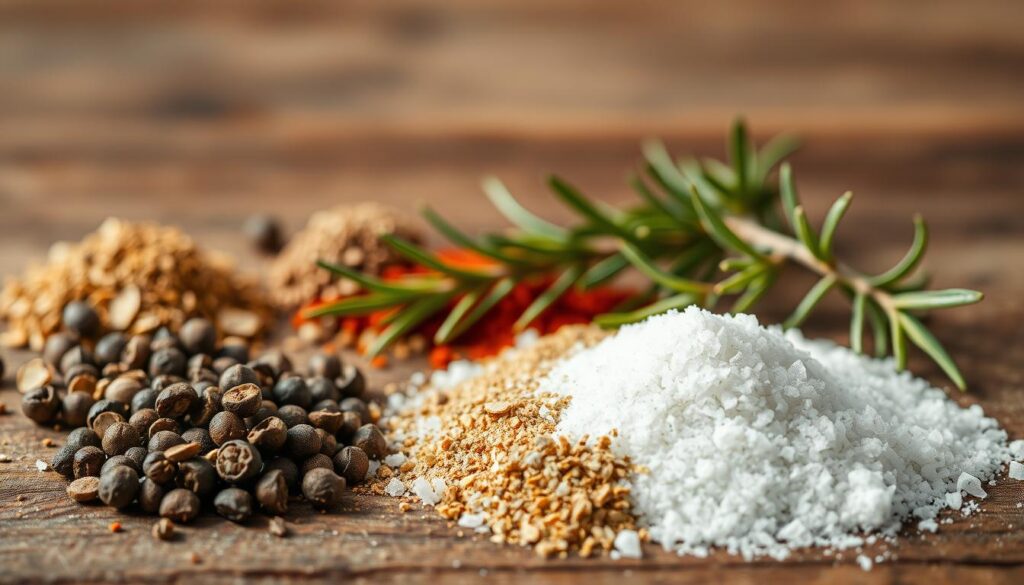
Mastering t-bone steak on the grill: Temperature and Timing Tips
Achieving perfection in grilling a T-Bone steak requires a deep understanding of temperature and timing. Monitoring internal temperature is crucial to ensure your steak is cooked to your desired doneness, whether it’s medium-rare or well-done. Proper timing ensures a perfect sear and a juicy interior.
High Heat Searing and Controlled Finishing
High heat is essential for achieving that authentic charred crust. Start with high heat to sear the steak for 4-5 minutes per side, then finish on indirect heat to cook it through. This method ensures even cooking and prevents burning.

The reverse sear method is highly recommended. By cooking the steak first on indirect heat and then searing it on high heat, you achieve a more even doneness. Use an instant-read thermometer to check internal temperatures accurately—aim for 130-135°F for medium-rare.
After grilling, let the steak rest for 10 minutes to allow juices to redistribute. This step is vital for a tender and flavorful result. Remember, proper timing is key to achieving steak perfection every time.
Grilling Techniques: Searing, Reverse Sear, and Butter Basting
Mastering various grilling techniques can elevate your T-Bone steak from ordinary to extraordinary. Whether you prefer a classic sear or a more modern approach, each method offers unique benefits that enhance both flavor and texture.
Creating a Crust with Quick Searing Methods
Traditional searing involves high heat to create a crust quickly. This method is ideal for achieving that charred, smoky flavor. For the best results, sear your steak for 4-5 minutes per side. Use a timer to ensure precise cooking, as overcooking can lead to a tough texture. The reverse sear method, favored by many chefs, involves cooking the steak first on indirect heat and then searing it. This approach ensures even doneness throughout and a perfect crust.
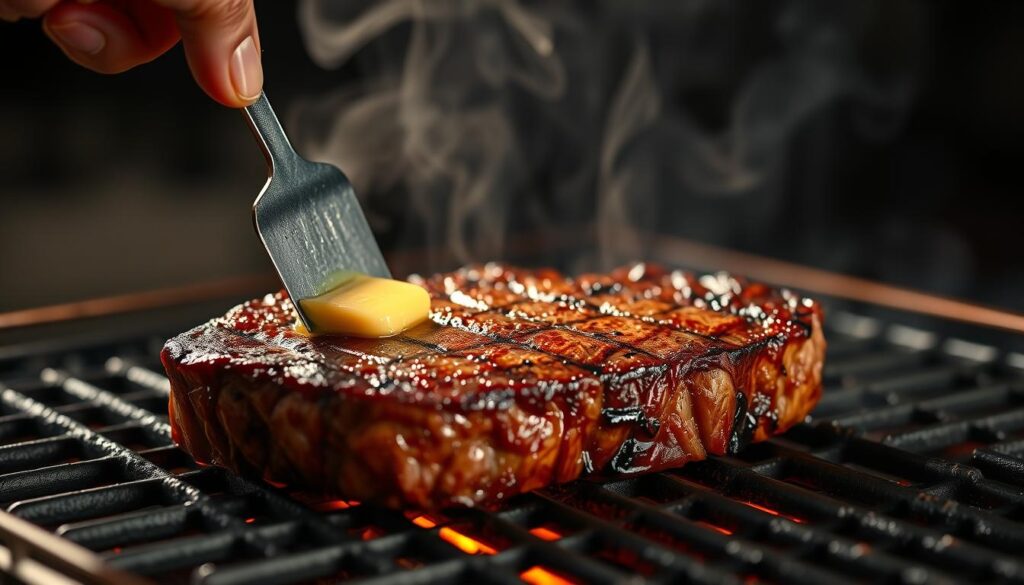
For a thicker steak, the reverse sear method is highly recommended. Cook the steak in a preheated oven at 275°F for 15-25 minutes, then finish with a high-heat sear. This technique prevents the outside from burning before the inside is fully cooked.
Enhancing Flavor with Butter-Herb Basting
Butter basting is a game-changer for adding rich, savory flavor to your steak. Melted butter infused with fresh herbs like parsley or thyme is brushed over the steak during the last few minutes of cooking. This method not only enhances the flavor but also creates a tender, juicy texture.
For an extra burst of flavor, mix minced garlic or rosemary into the butter before basting. If grilling isn’t ideal, a cast iron skillet can be used to finish the steak indoors, ensuring a perfect sear and even distribution of the butter-herb mixture.
Remember, the key to a delicious crust is high heat and precise timing. Whether you choose traditional searing or the reverse sear method, combining it with butter-herb basting will take your grilled T-Bone steak to the next level.
Alternative Cooking Methods: Oven, Stove, and Sous Vide
Not everyone has access to an outdoor grill, but that doesn’t mean you can’t enjoy a perfectly cooked T-Bone steak. Alternative methods like oven broiling, pan-searing, and sous vide offer excellent results with precise control over temperature and time.
Benefits of Pan-Searing and Broiling in the Oven
Pan-searing on the stove is a great alternative. Heat a skillet over high heat, add a tablespoon of oil, and sear the steak for 4-5 minutes per side. This method achieves a crispy crust similar to grilling. For oven broiling, preheat to 400°F (200°C) and cook for 13-15 minutes for a 1-inch steak, resulting in even doneness throughout.
- Pan-Searing: Use a skillet with oil for a crispy crust, cooking 4-5 minutes per side.
- Oven Broiling: Preheat to 400°F and cook 13-15 minutes for a 1-inch steak.
- Sous Vide: Set to 129°F for medium-rare. Cook 45 minutes for a 1-inch steak, then sear in a skillet for a crust.
Each method delivers a delicious steak. Pan-searing offers a smoky flavor, oven broiling provides even cooking, and sous vide ensures consistent doneness. Choose the method that suits your setup for a memorable meal.
Exploring Flavor Enhancements: Marinades, Herbs, and Finishing Butters
Elevating the flavor of your grilled T-Bone steak can be achieved through simple yet impactful techniques. One of the most effective ways to enhance your steak is by using marinades or finishing butters. These additions can transform the flavor profile, making your dish truly memorable.
Blue Cheese Butter and Other Signature Toppings
Creating a blue cheese butter is a straightforward process that adds a rich, tangy flavor to your steak. Start by mixing softened butter with crumbled blue cheese, such as a Maytag wedge, until well combined. This compound butter can be made ahead of time and stored for later use.
- Step-by-Step Blue Cheese Butter: Mix 1 tablespoon of crumbled blue cheese with 2 tablespoons of softened butter. Add a pinch of salt and pepper to taste. Wrap in plastic wrap and chill before serving.
Herbs like garlic and lemon zest can also enhance both the taste and presentation of your steak. Sprinkle minced garlic over the steak during the last few minutes of grilling for a savory touch. A light sprinkle of lemon zest adds brightness and a refreshing contrast to the richness of the meat.
Timing is crucial when adding these enhancements. Apply marinades or butters just after grilling to preserve the integrity of the flavors. Visual cues, such as the color of the crust, will signal when your steak has reached perfection.
Experimentation is key to finding your signature flavor. Try different herb combinations or unique toppings to create a dish that reflects your personal taste. Whether it’s a classic garlic butter or a bold blue cheese, these finishing touches will elevate your grilled T-Bone steak to new heights.
Side Dishes and Pairing Ideas for Your Grilled Steak
Grilling a steak is just part of the dining experience. The right side dishes and pairings can elevate your meal from good to great. Whether you’re looking for something classic or adventurous, the key is to complement the steak’s flavor without overpowering it.
Perfectly Complementary Veggies and Grains
Simple, flavorful sides are the best match for a grilled steak. Consider pairing your steak with a variety of roasted vegetables like asparagus or Brussels sprouts. These options are easy to prepare and can be cooked quickly to match your steak’s grilling time. For a heartier option, try quinoa or garlic and herb mashed potatoes, which add a satisfying texture contrast to your meal.
Don’t forget the power of a good wine pairing. A full-bodied red wine, like a Cabernet Sauvignon, complements the robust flavor of a grilled steak perfectly. If you prefer something lighter, a dry rosé can add a refreshing touch to your dining experience.
Texture plays a big role in making your meal memorable. The crisp bite of a fresh salad or the tender center of a well-cooked vegetable balances the richness of the steak. Plus, sides like Prosciutto Wrapped Asparagus Bundles add a touch of elegance to your plate.
Remember, every part of the meal process matters. From the sides you choose to the wine you pour, each element contributes to a memorable dining day. So, take the time to create a balanced, visually appealing meal that complements your perfectly grilled steak.
Conclusion
Grilling a perfect steak is all about balance and attention to detail. By mastering the techniques discussed, you can achieve a flavorful, juicy result every time. Remember, the key to success lies in proper seasoning, precise timing, and using quality ingredients.
Always let your steak rest after cooking to allow juices to redistribute. This step ensures tenderness and flavor. Use an instant-read thermometer to confirm doneness—aim for 130°F for medium-rare. Experiment with marinades and finishing butters to add unique twists to your dish.
Don’t forget to share your grilling experiences and revisit this guide when planning your next meal. With practice, you’ll perfect the art of grilling and create memorable dishes for your family and friends. Happy grilling!

